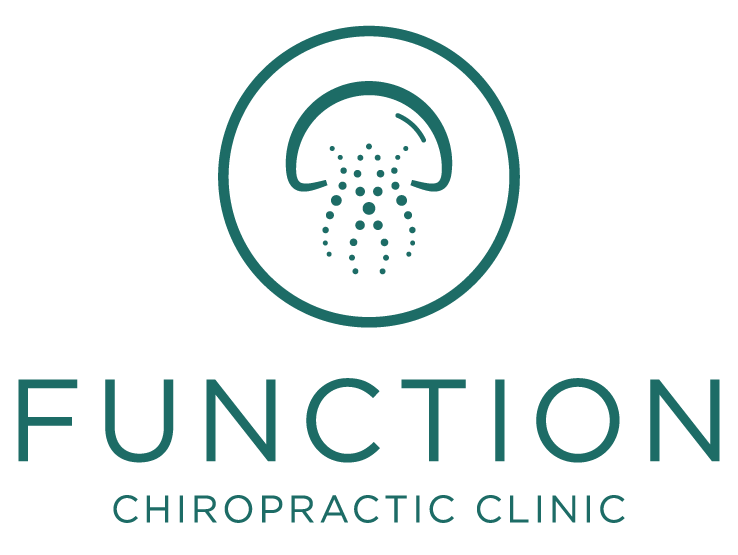How do we treat back pain?
Non-surgical treatment of the discs, nerves, spine and muscles.
26/05/2023 Jess Kenney DC Mchiro
(Approx 1-2 minute read)
Back pain truths:
1. Getting rid of back pain is about getting you back to doing the things you love.
2. There is no ‘normal’ back pain.
3. Back pain can be solved even after many years.
Why does back pain happen?
Back pain is the most common concern our patients present with and the most common question we get is "why does it hurt?". Back pain is very complex and is normally due to a variety of factors rather than a single moment. There are many different pain producers in the back, including the muscles, connective tissue, spinal joints, discs and nerves. If your back feels like it 'just went', it is far more likely there was some underlying weakness as spines are more resilient than we give them credit for.
It is important to remember there is no 'normal' amount of back pain.
What conditions can we help with?
Disc bulges with and without sciatica or trapped nerves:
Disc pain is common, and while the old term ‘ slipped disc’ makes it sound like its ‘in’ or ‘out’, the reality is that it is a spectrum. When aggravated, they can cause severe local pain that is a deep intense ache, sometimes stabbing or electric with movement. If the disc bulge is aggravating a nerve, we can often see arm or leg pain, pins and needles or numbness.
Pelvic joint (Sacroiliac) pain.
The sacroiliac joint is a the loading joint just off centre in the lower back. It’s the bumpy bit to the side of the spine, where the back dimples sit. The nerves, joint and muscles in this area can become irritated due to driving, sitting and standing, hip mobility and sometimes underlying inflammation. This can also refer down the side of the leg as an aching pain.
Lower back pain:
The most common causes of lower back pain are the joints, discs and nerves. Areas here may become restricted due to injury, repetitive movement and compensation. This can feel tight, dull and achy and may go into spasm.
Mid back pain:
The most common causes of mid back (thoracic) pain include the shoulderblades (scapula) and surrounding muscles, rib pain and spinal pain. This can feel like a stabbing pain around the shoulderblade, tingling, tension with breathing and a constant need to fidget.
Acute or chronic back pain:
Acute means short term, and chronic is long term, or anything over 12 weeks.
Simple or complex back pain:
Simple back pain may be due to an unfortunate event, while complex back pain can include multiple compensations, previous injuries or trauma, stress and feedback from other tissues.
How do you fix back pain?
Step 1: Diagnosis of your back pain
Your chiropractic consultation will start with your current back problem, and will cover your history to see if there's any habits, weakness or injury that may be contributing. A specific examination of you movement, joints and soft tissue will highlight any concerns around the nerves, discs, joints and muscles around the spine so that we can correctly identify the problem and formulate a treatment plan. We may refer for xray or mri depending on the severity of the case.
Step 2: Report of Findings and treatment
Your follow up appointment will outline the findings from your tests and/or scans and treatment options to get you reaching your goals, and go through a realistic timeline.
There are many techniques available that are adapted to suit the individual case. This can include very light touch to stimulate the nerve endings in the skin and fascia, craniosacral, deep tissue massage, traction stretches, exercises, spinal manipulation and mobilisation, firm pressure, muscle release, dry needling and more.
Step 3: Retraining and rebuilding your back
People often think that once they are out of pain, they are fixed and jump straight back to their lifestyle. Pain is the tip of the iceberg, and to prevent or reduce re-occurrence then you need to spend the extra time addressing any underlying weakness.
To book your consultation click here.
Our clinic is based in central South Woodham Ferrers and is easily accessible from Maldon, Chelmsford, Wickford, Danbury, Rayleigh, Wickford, Latchingdon and Southminster.


